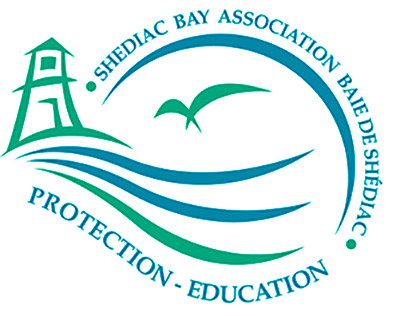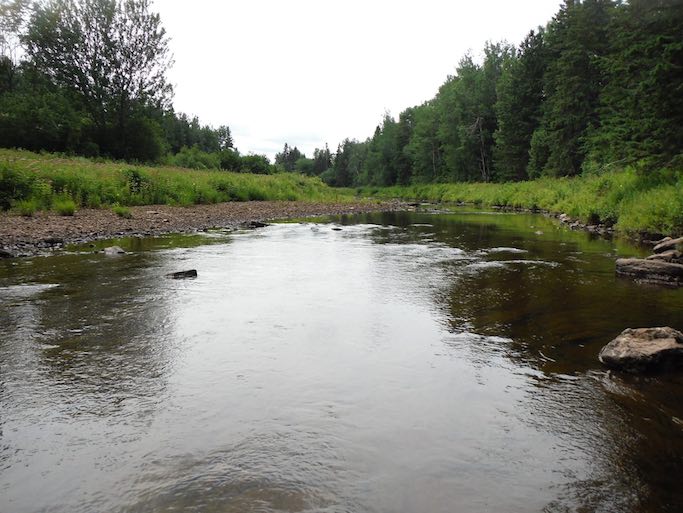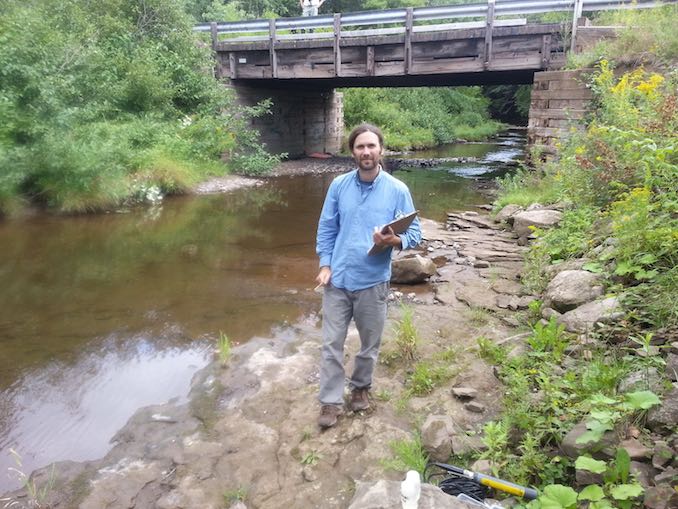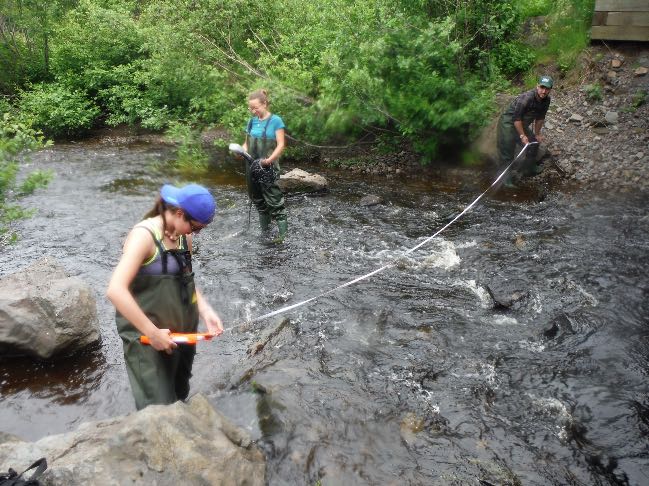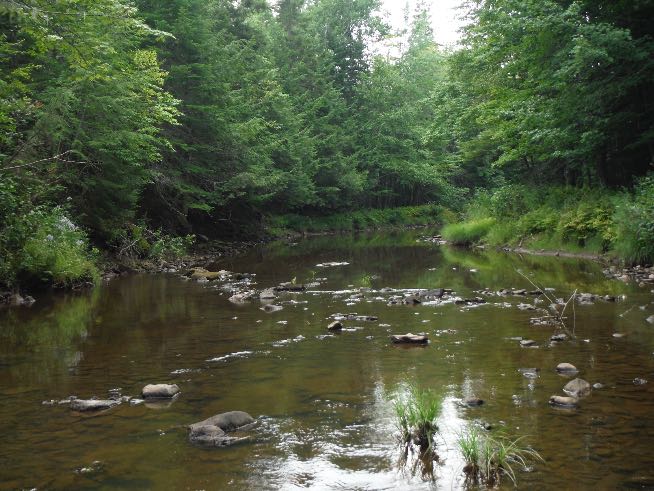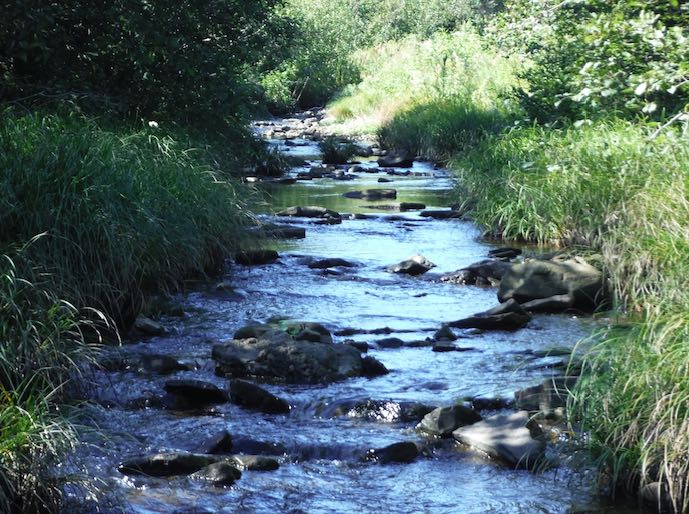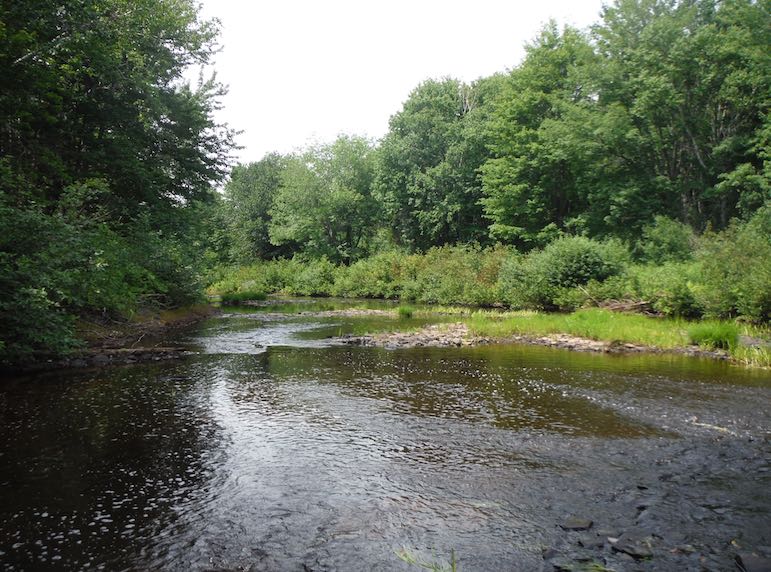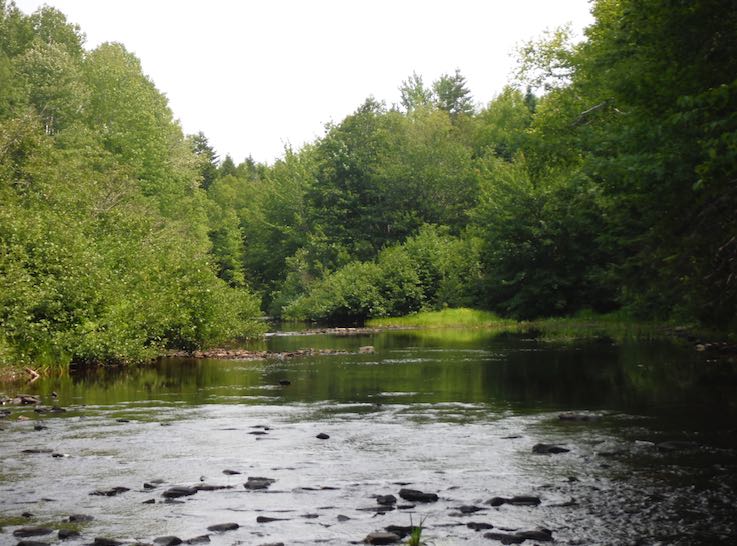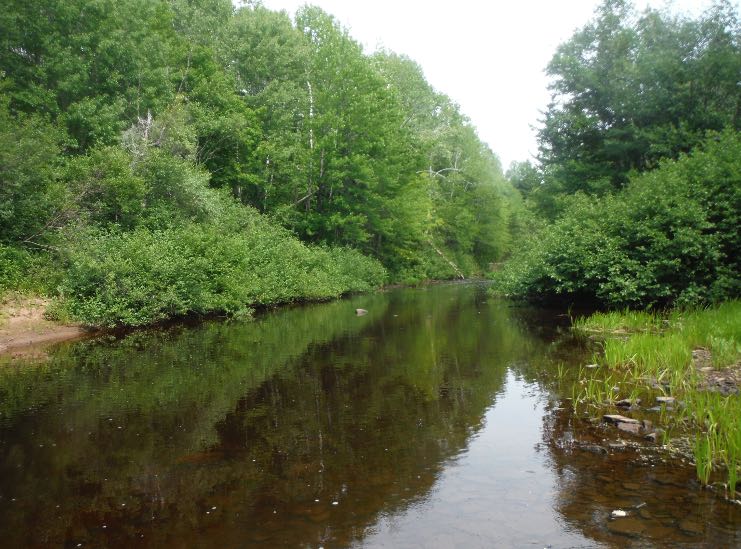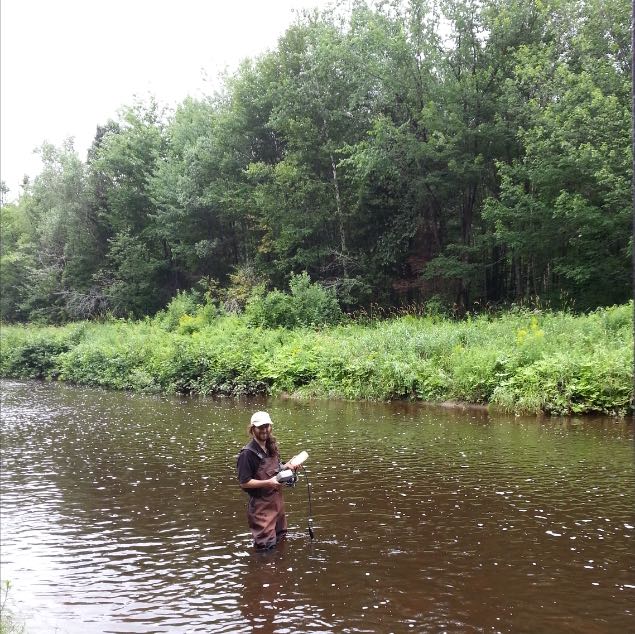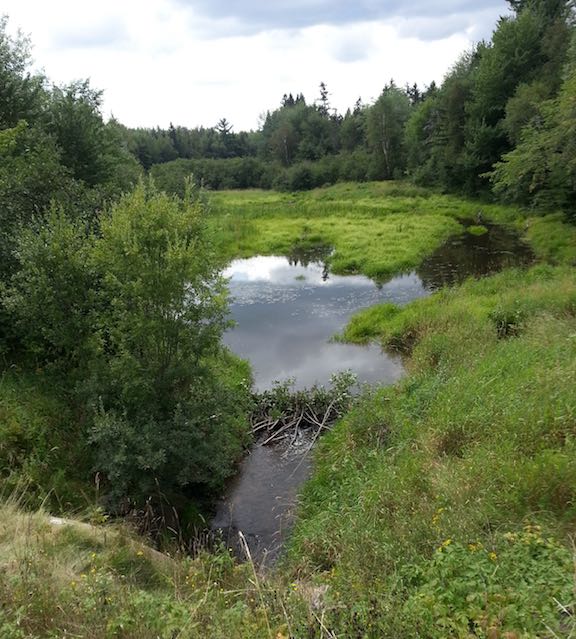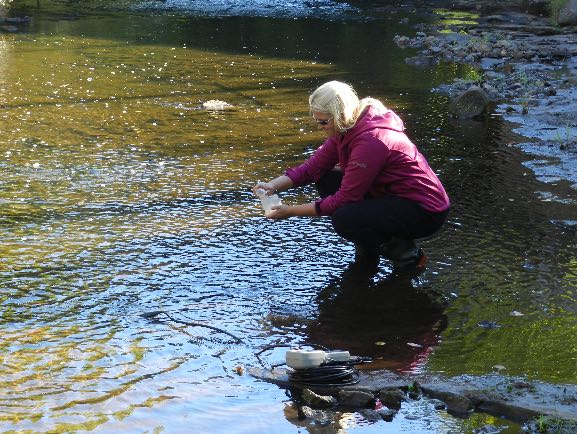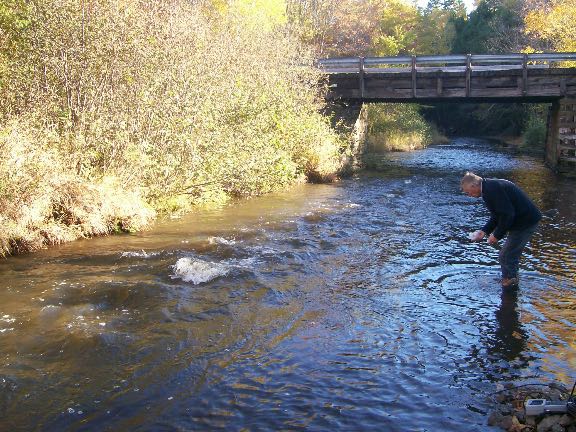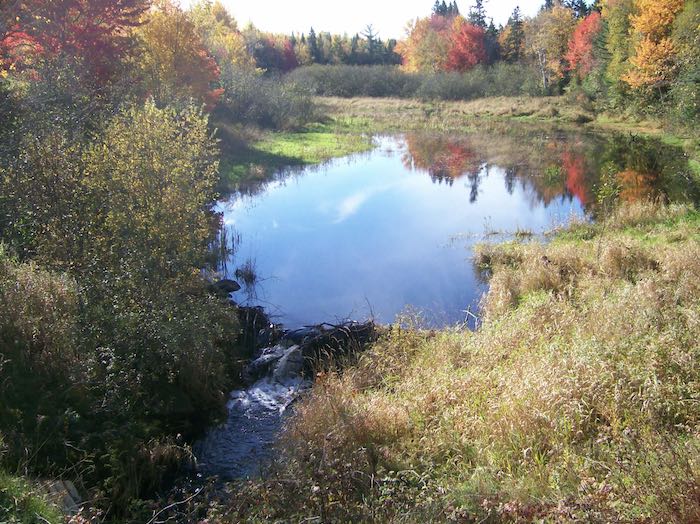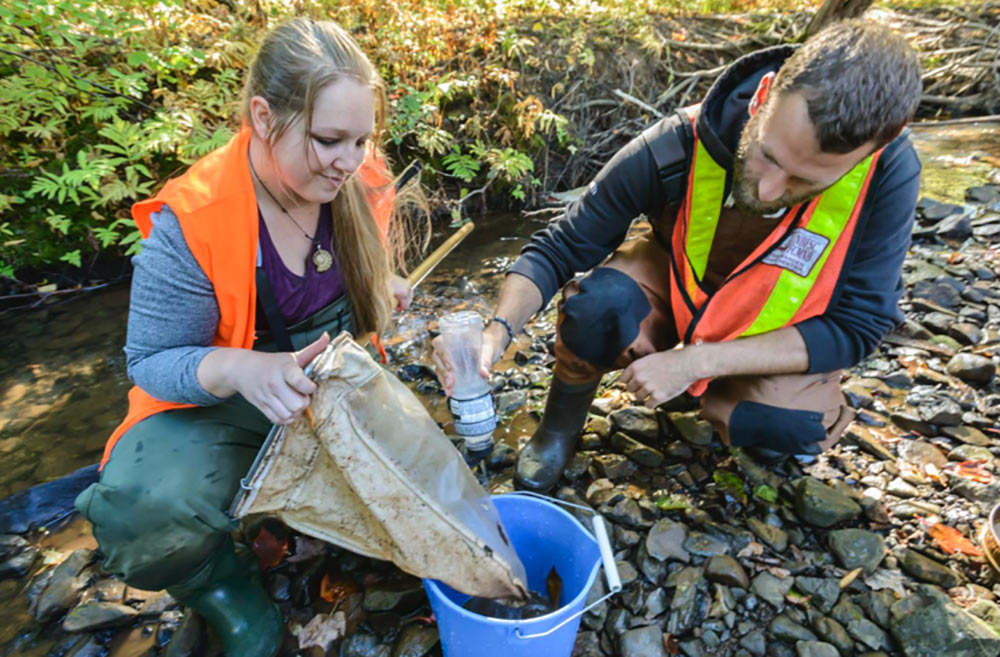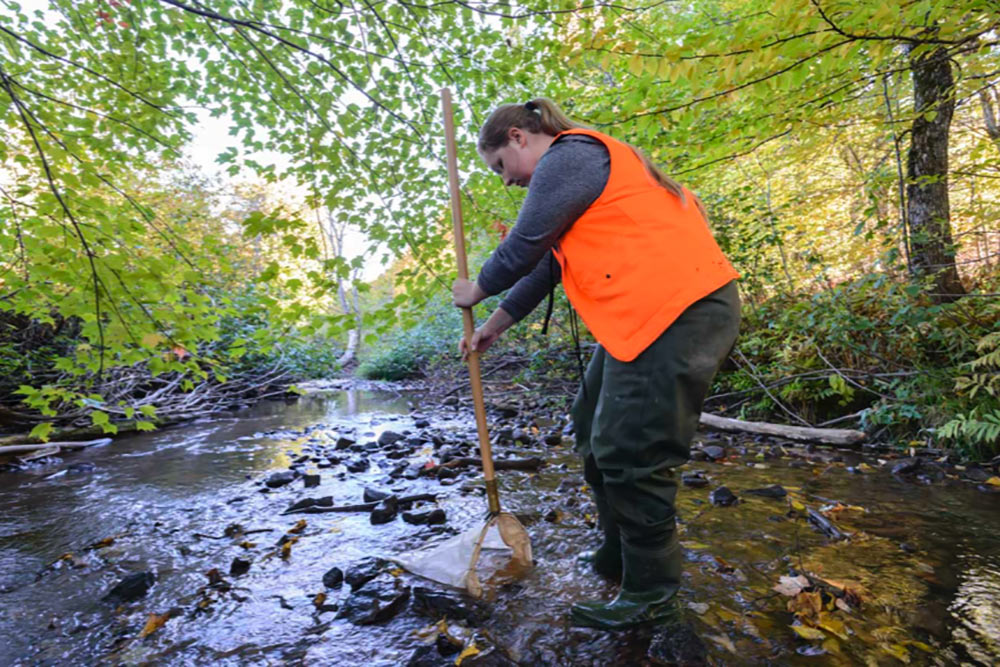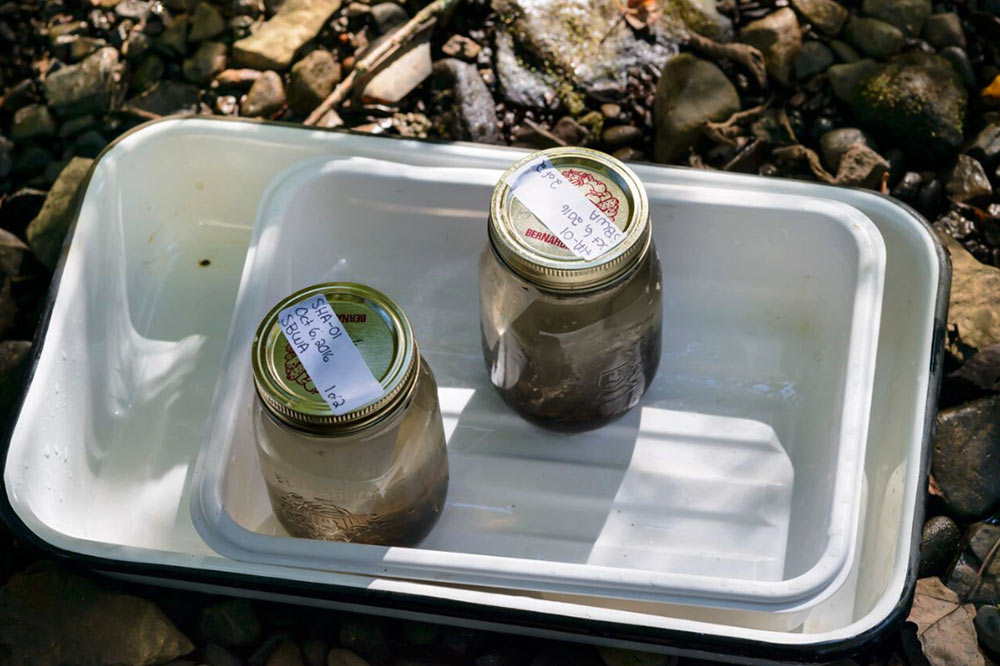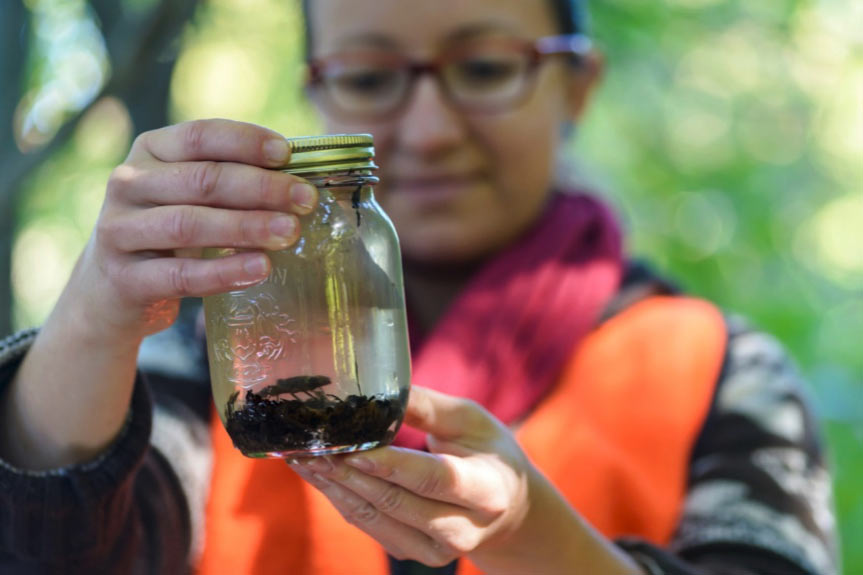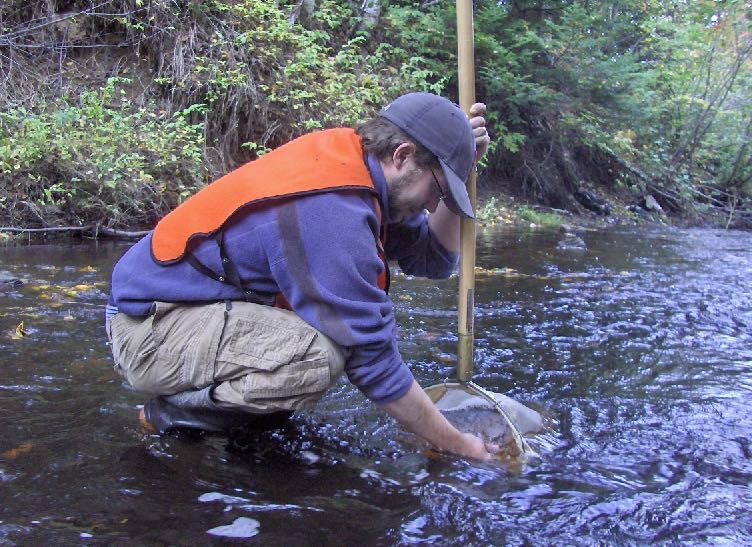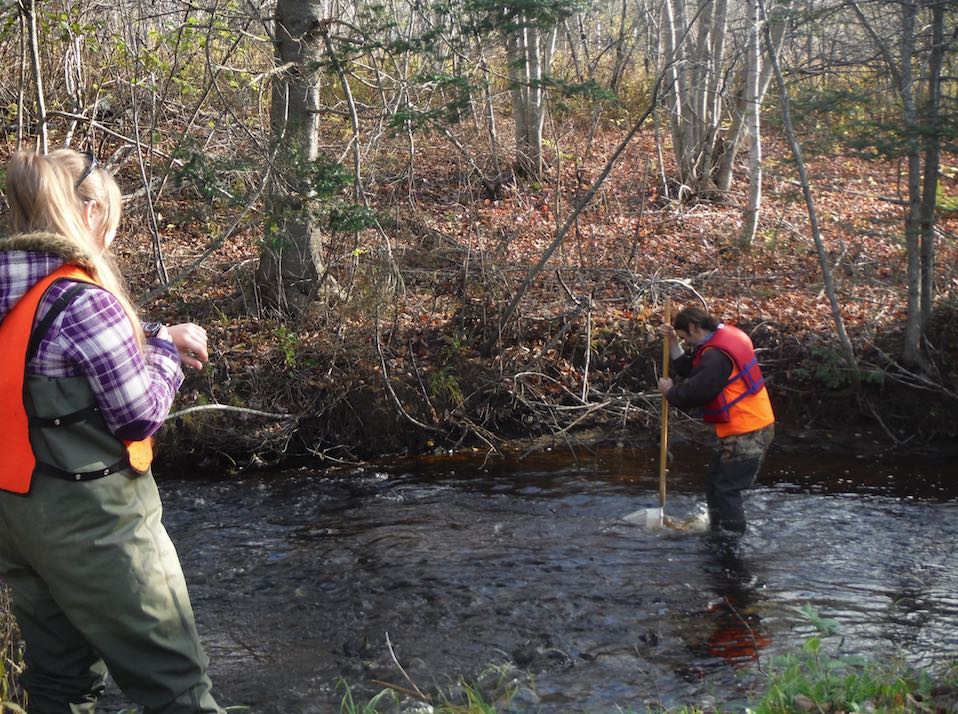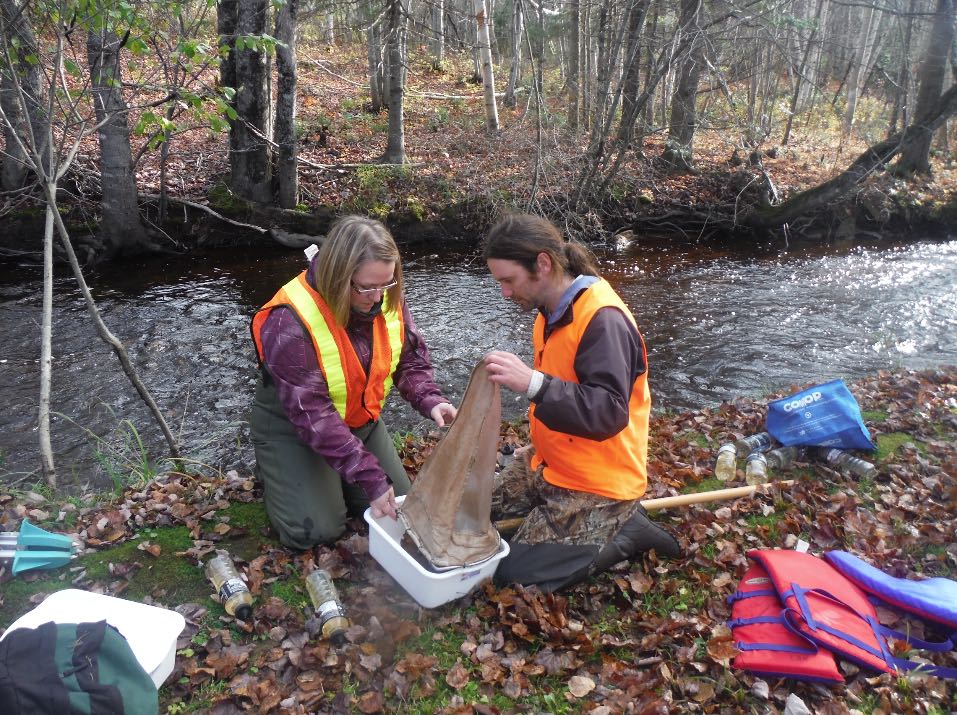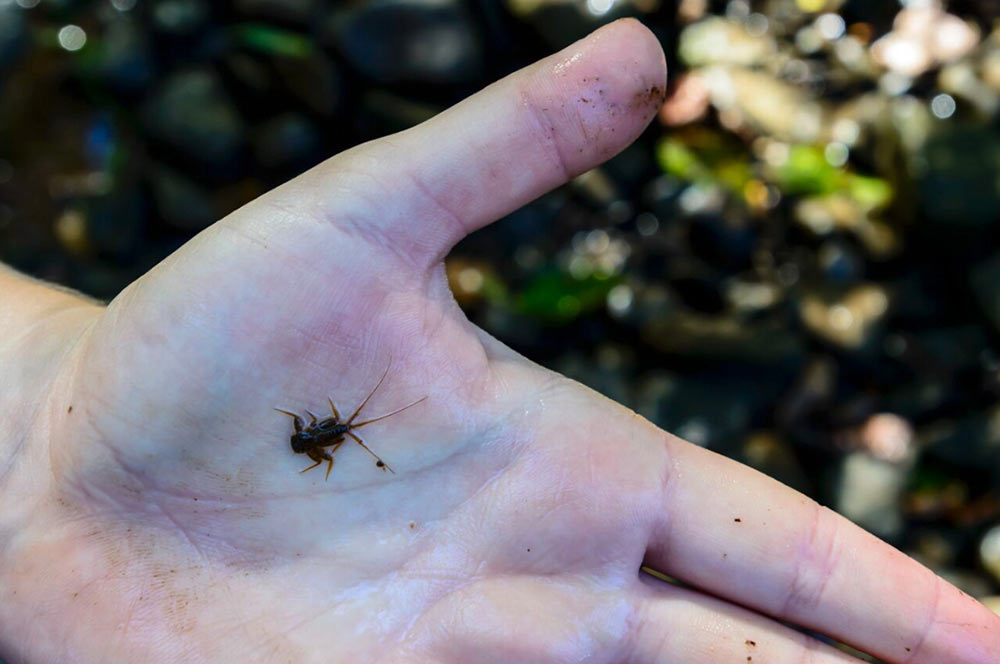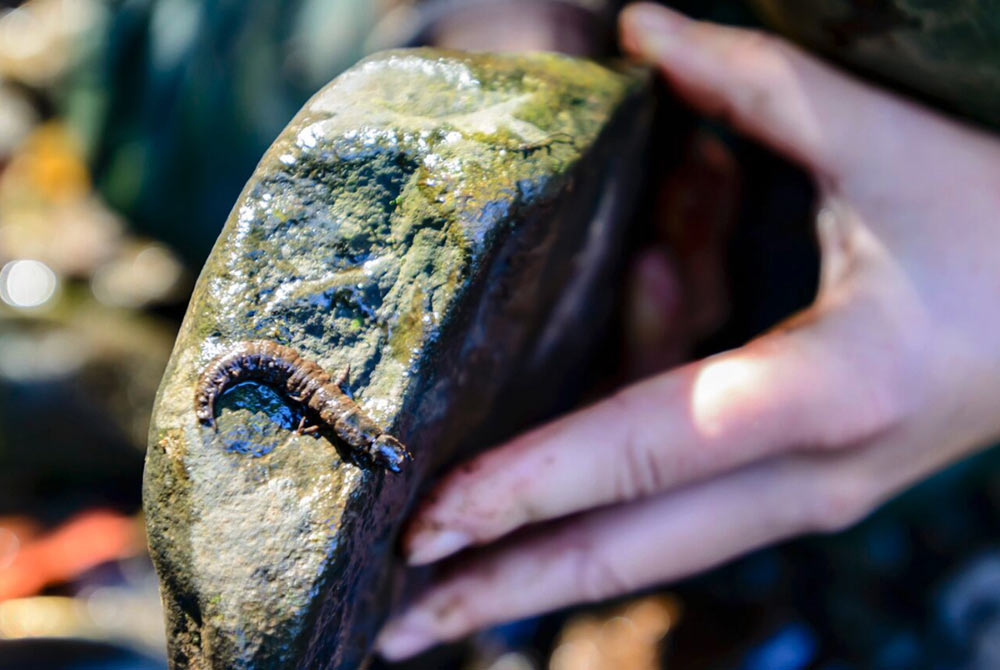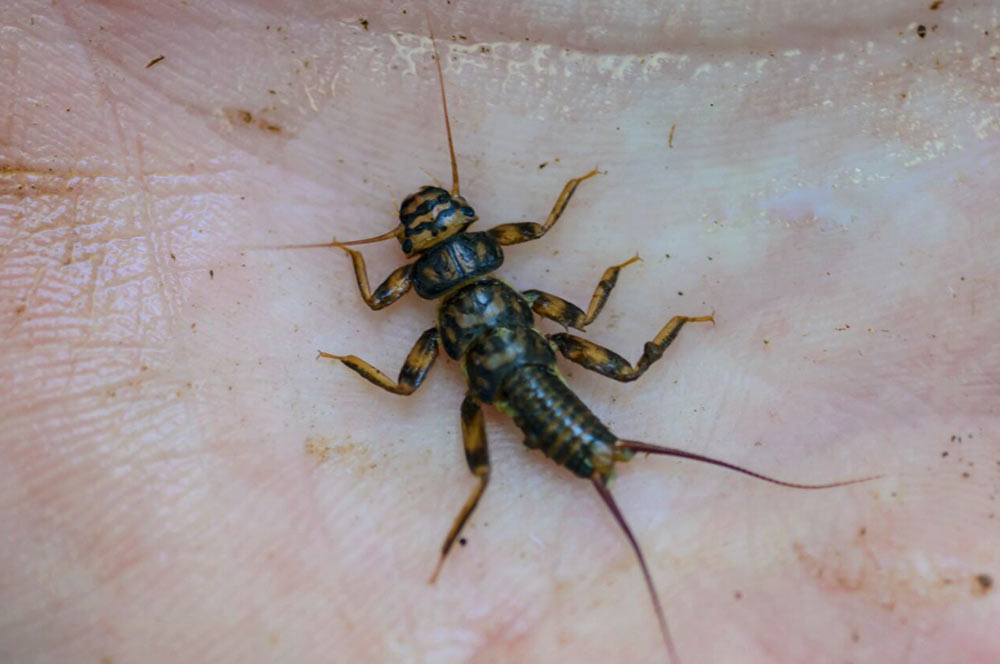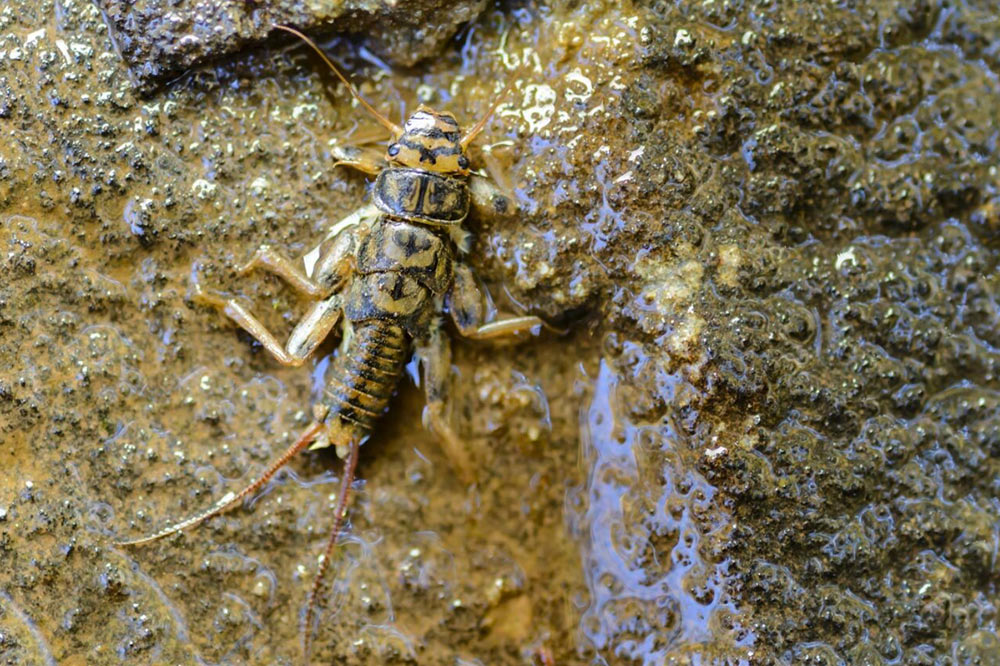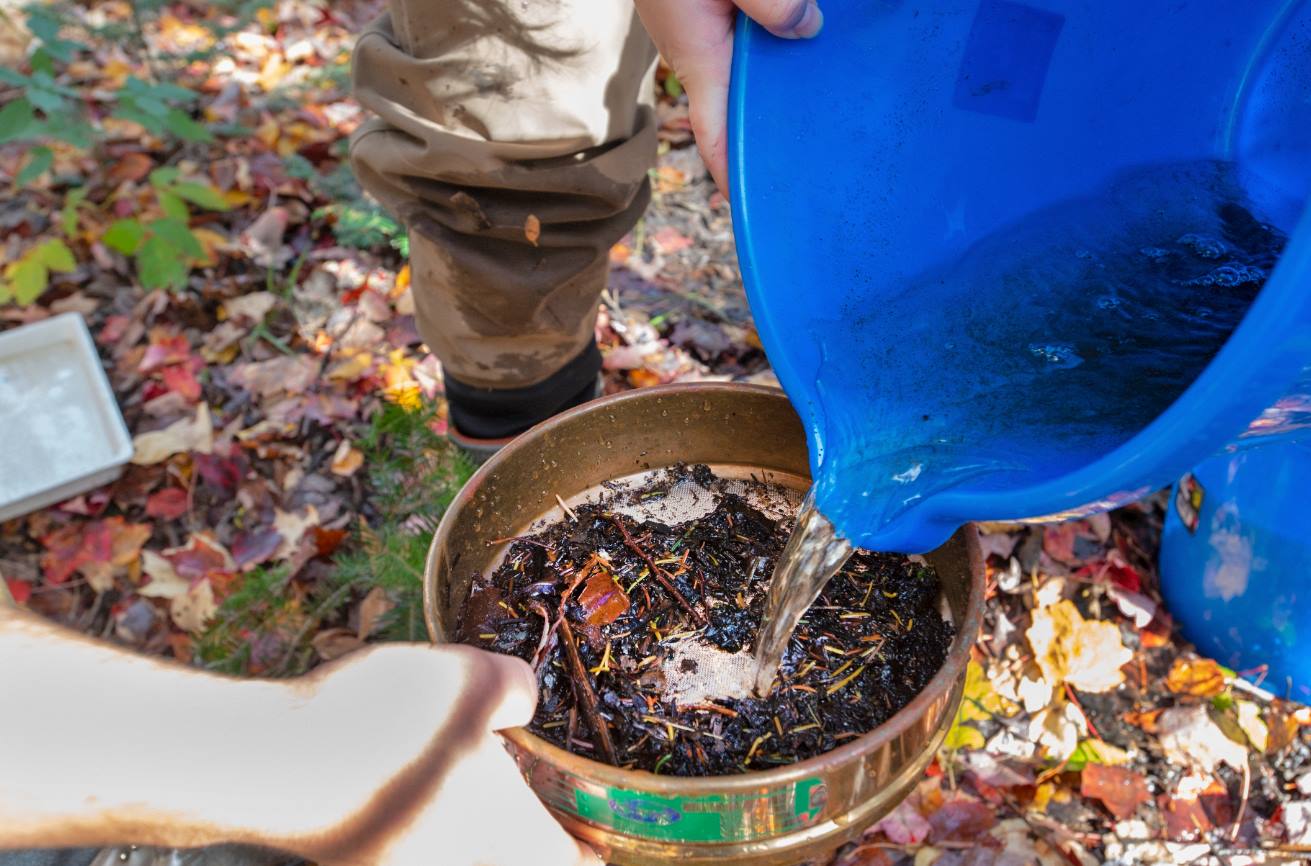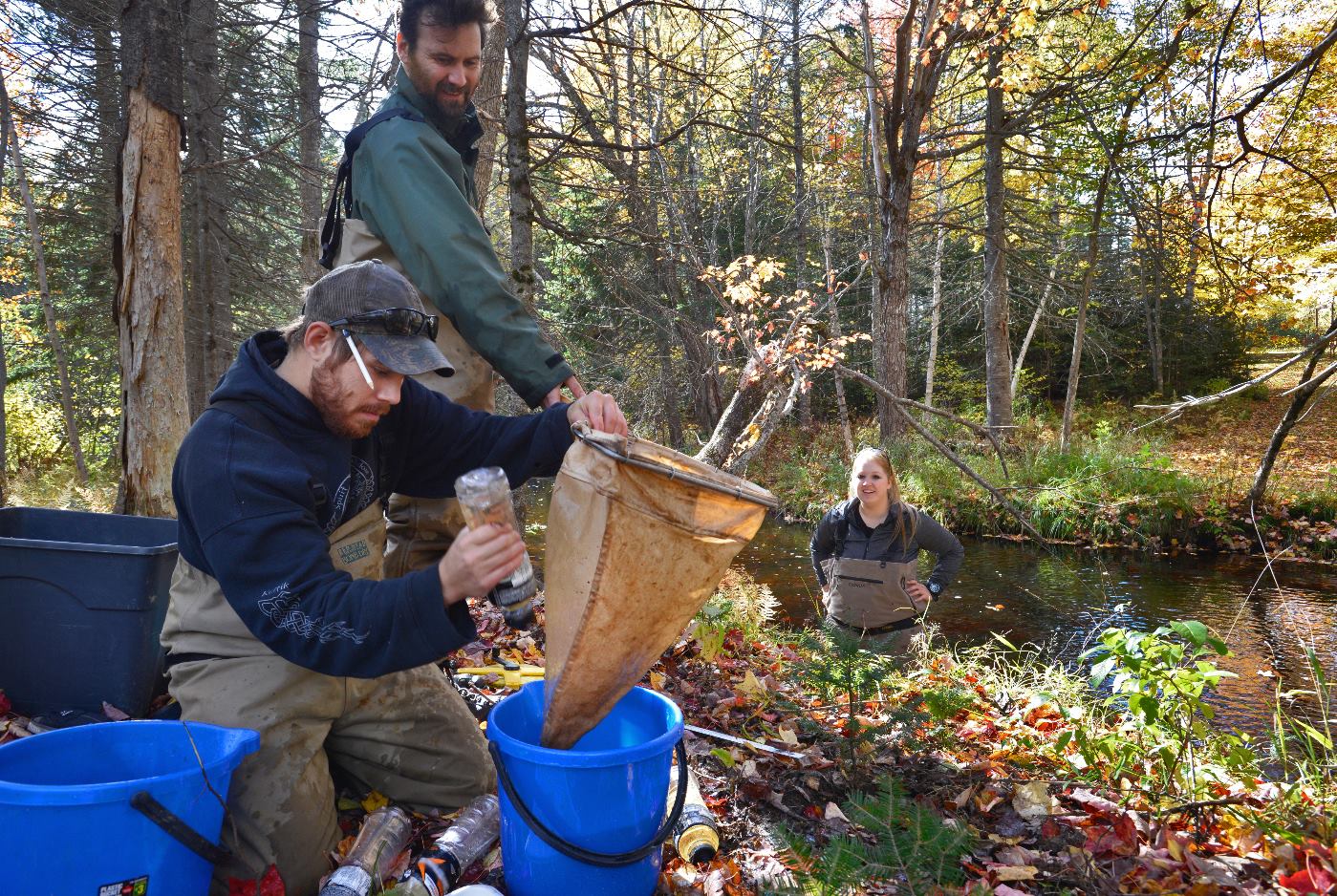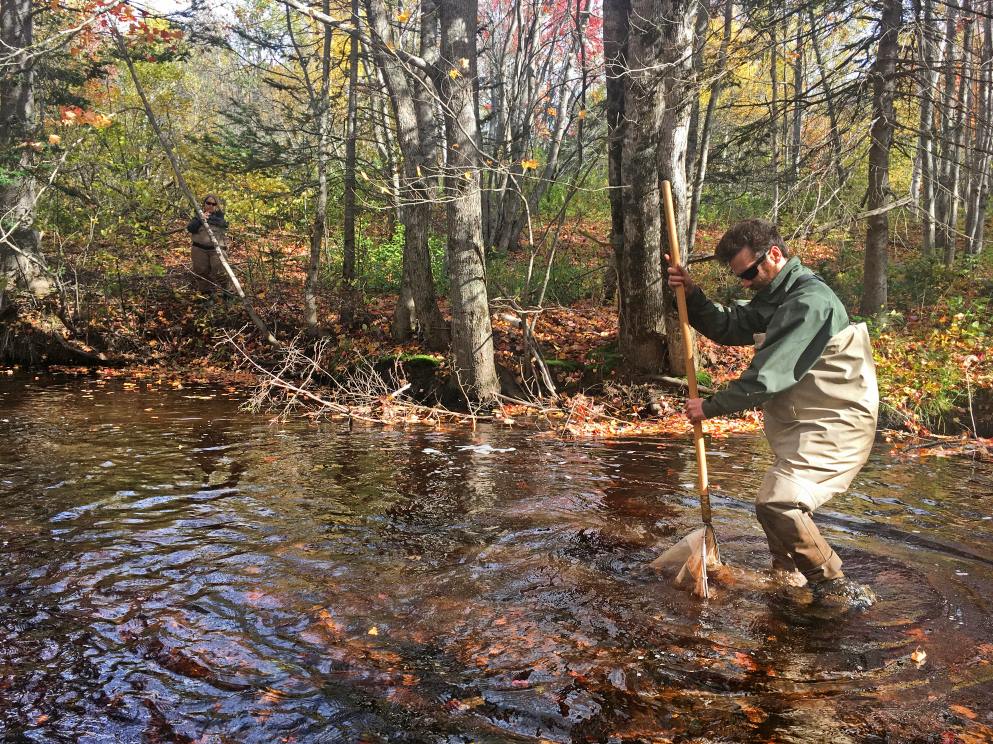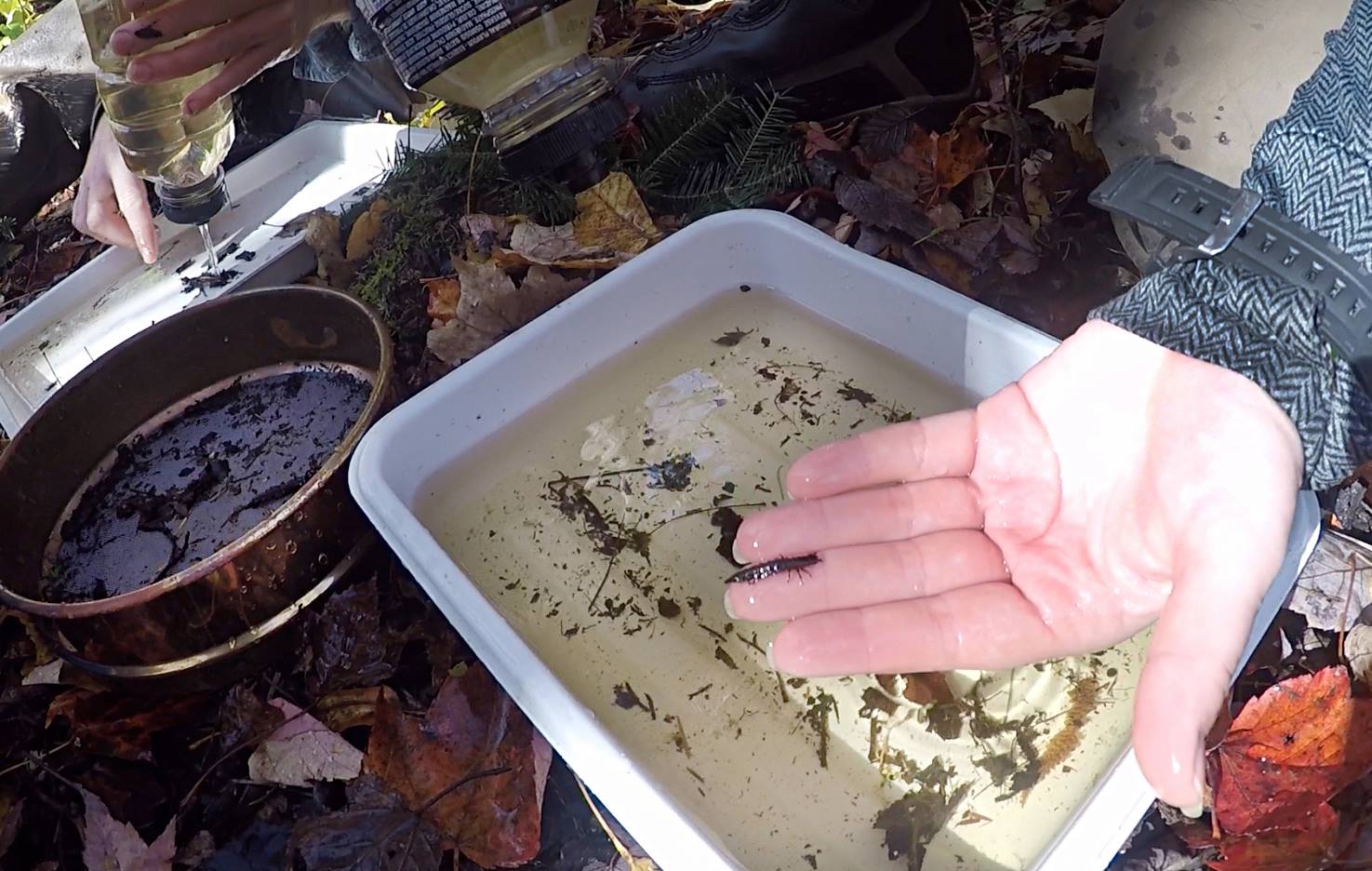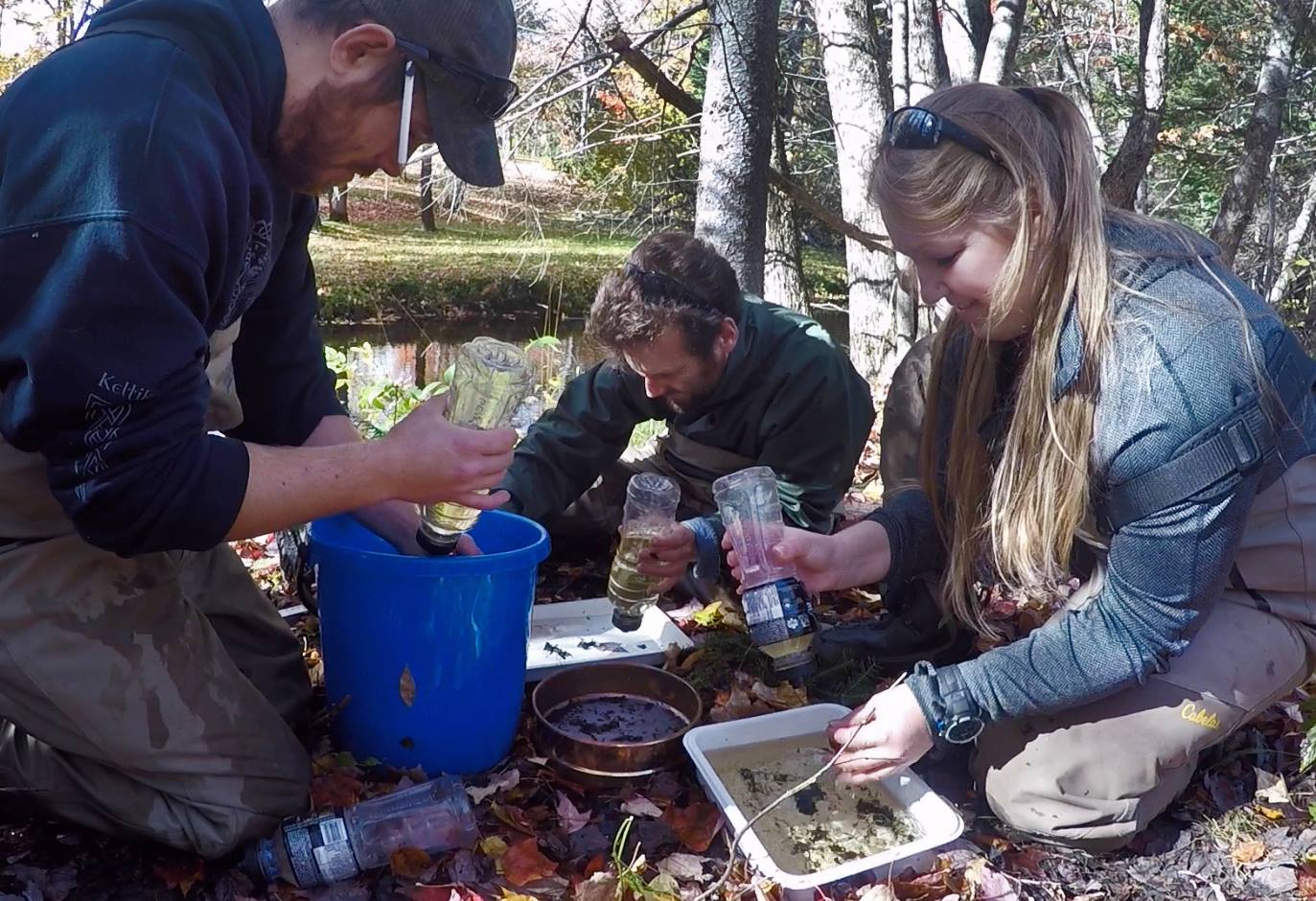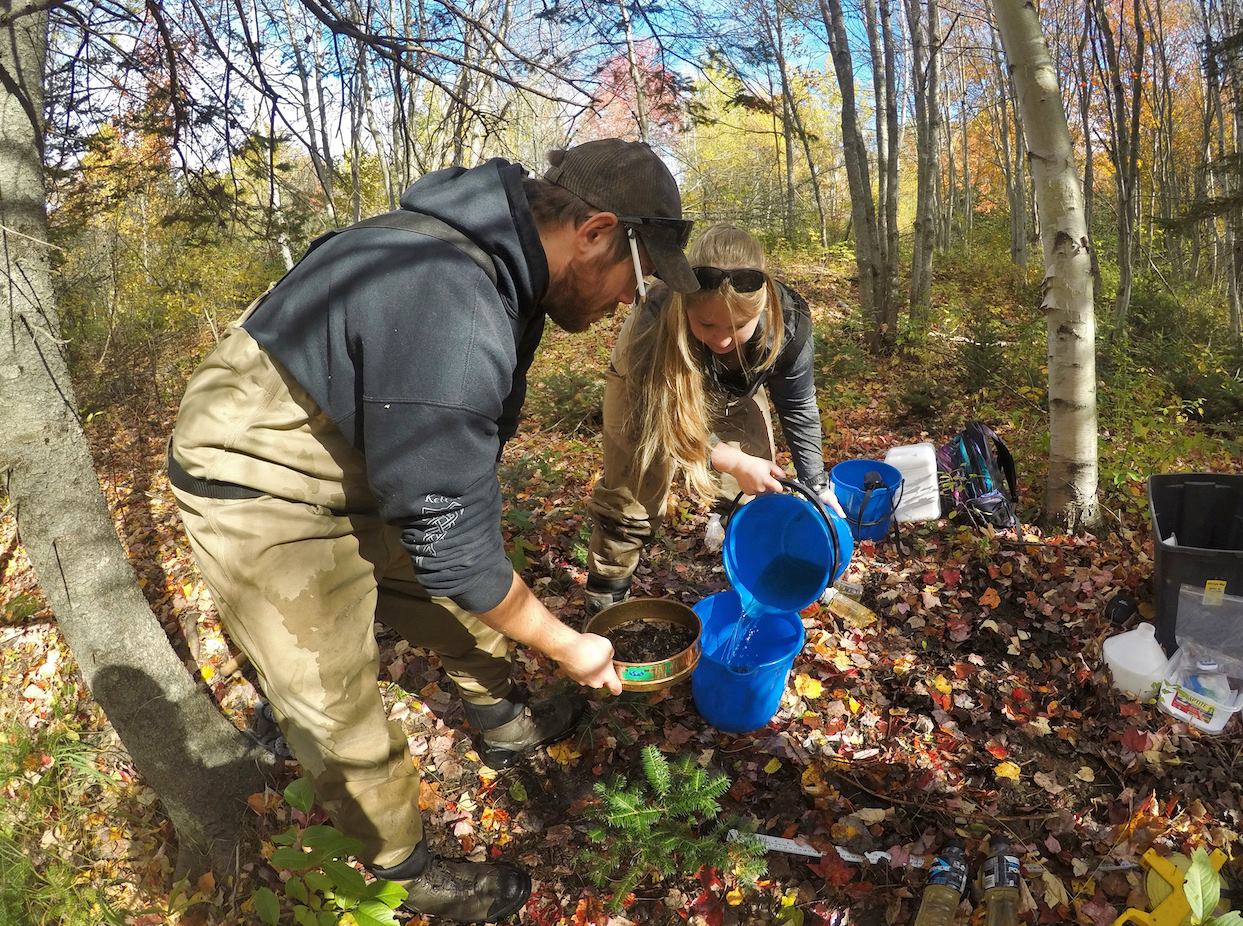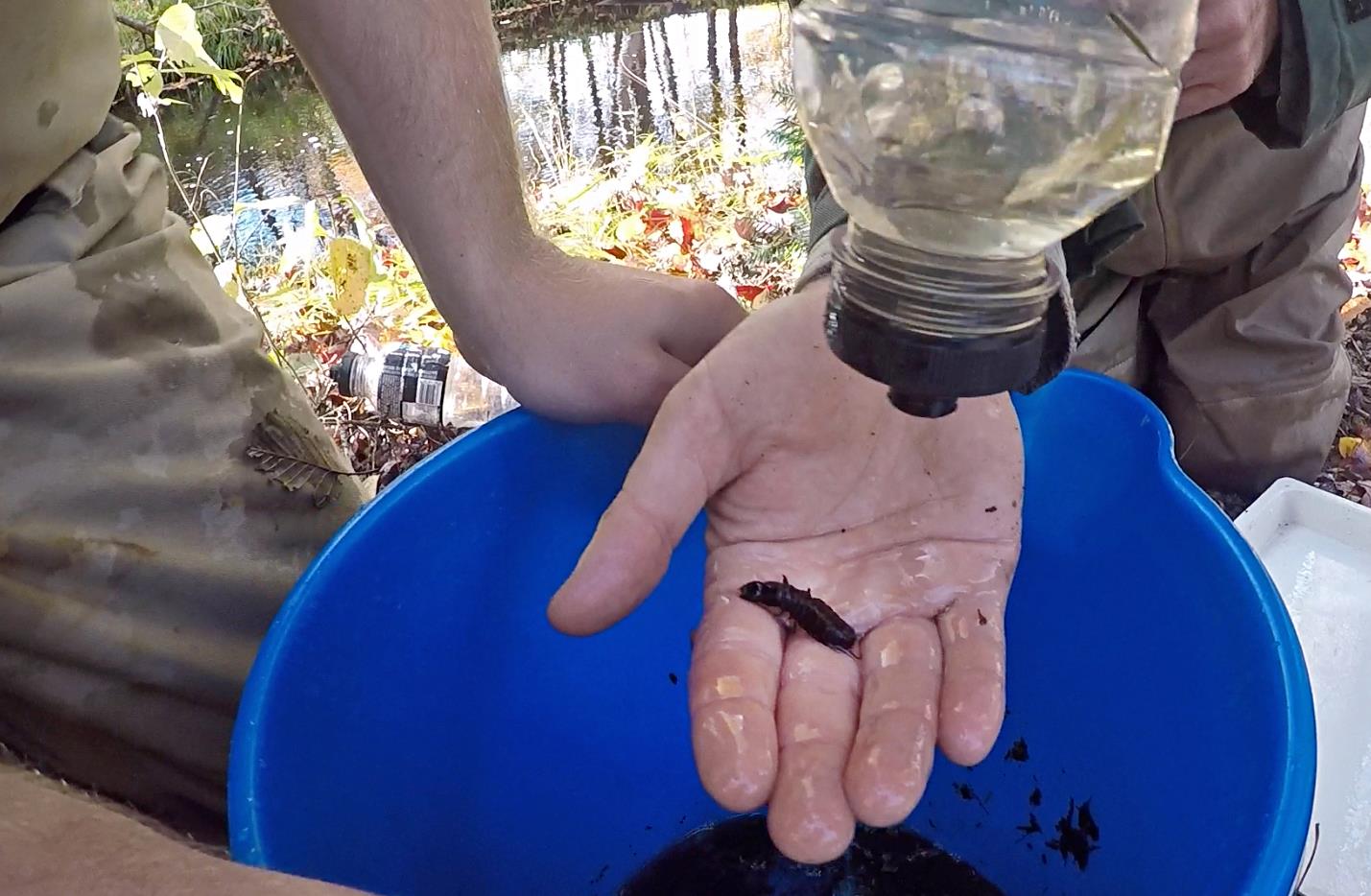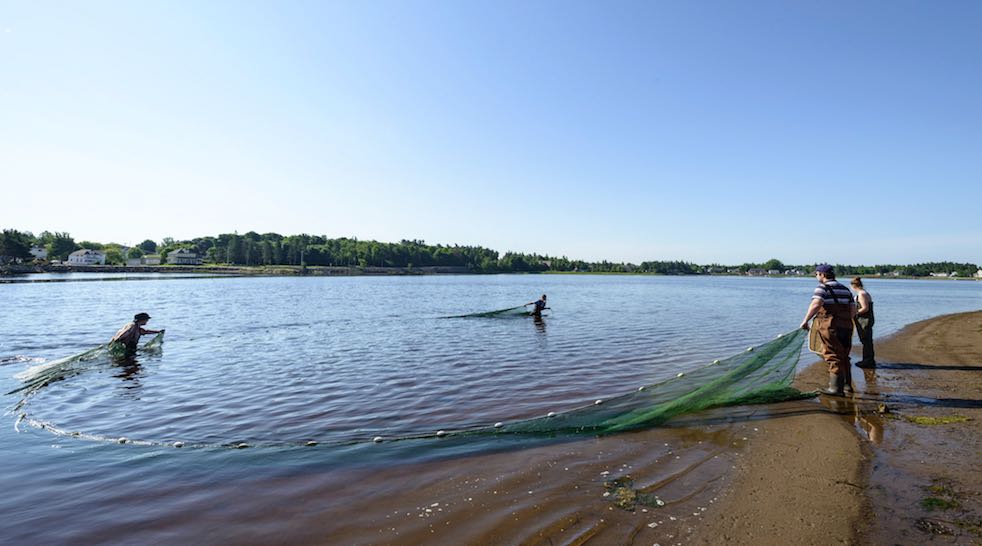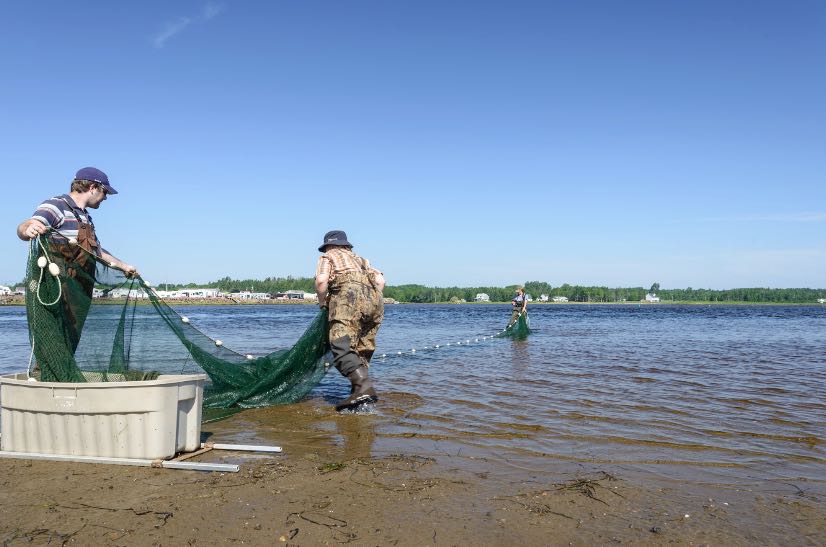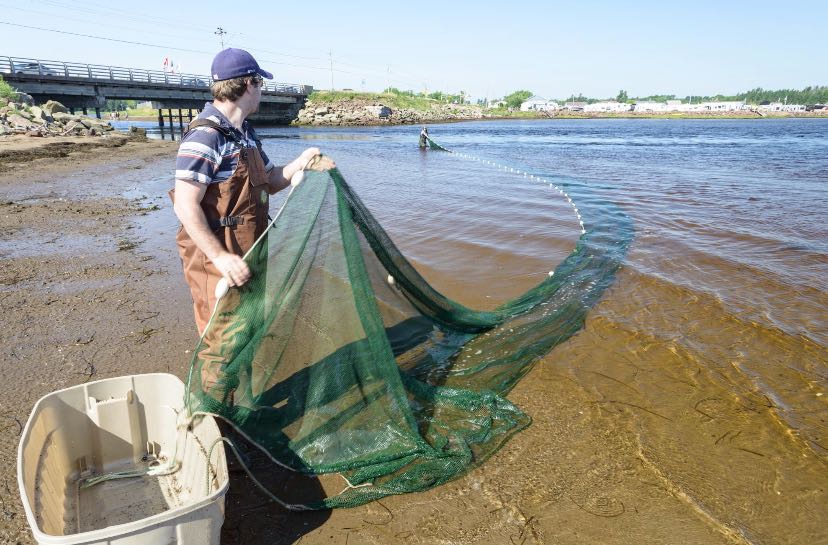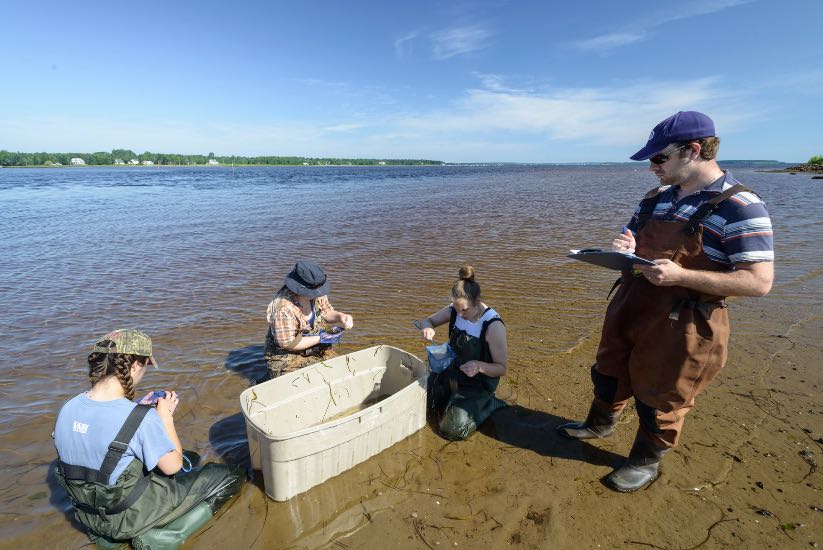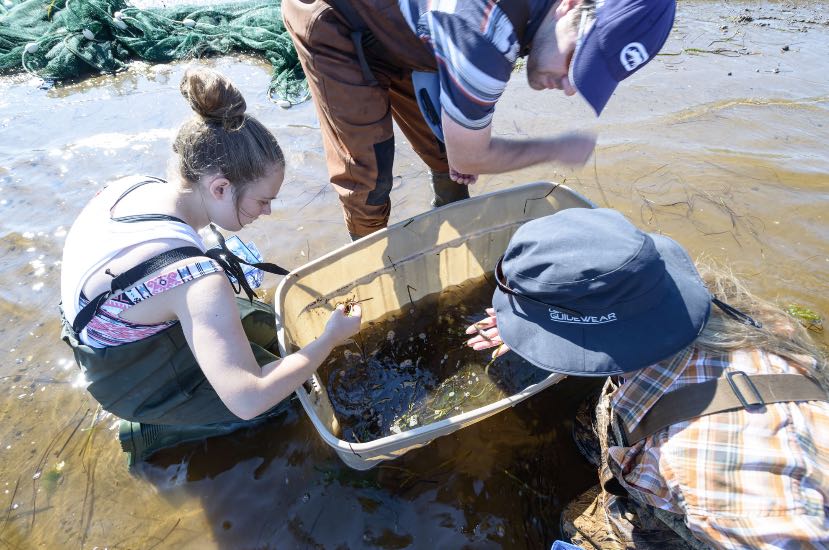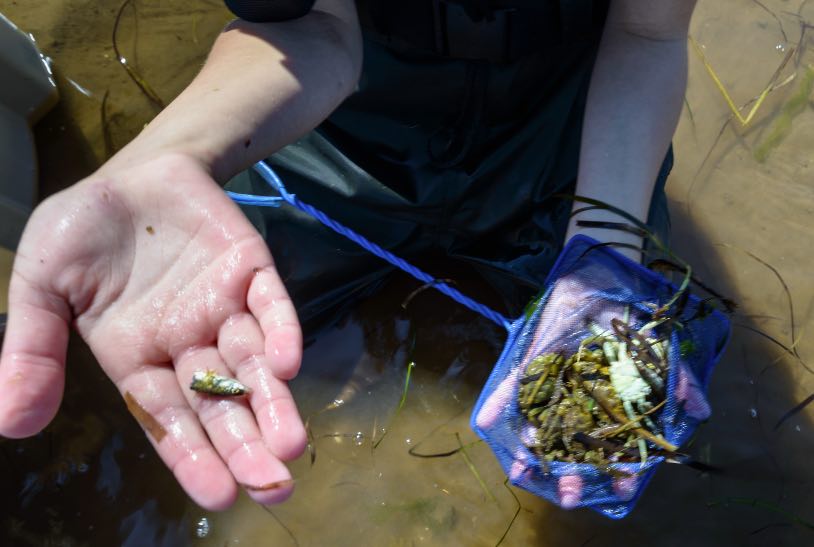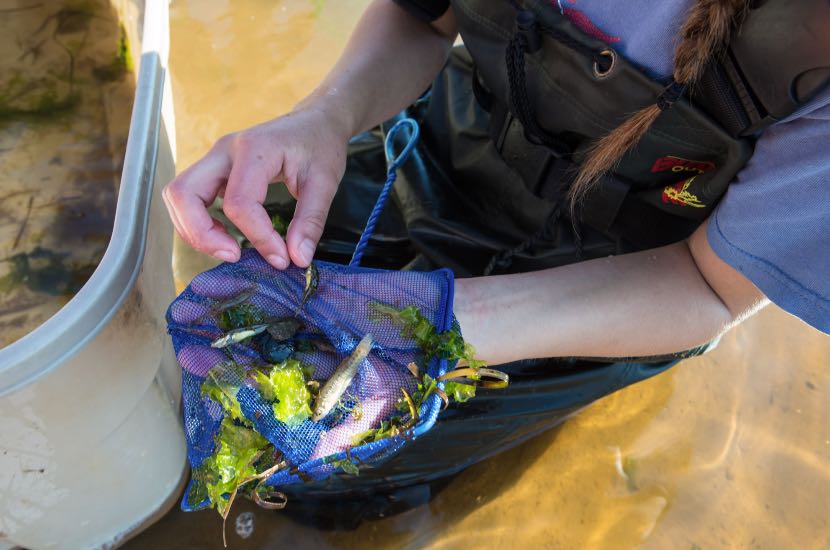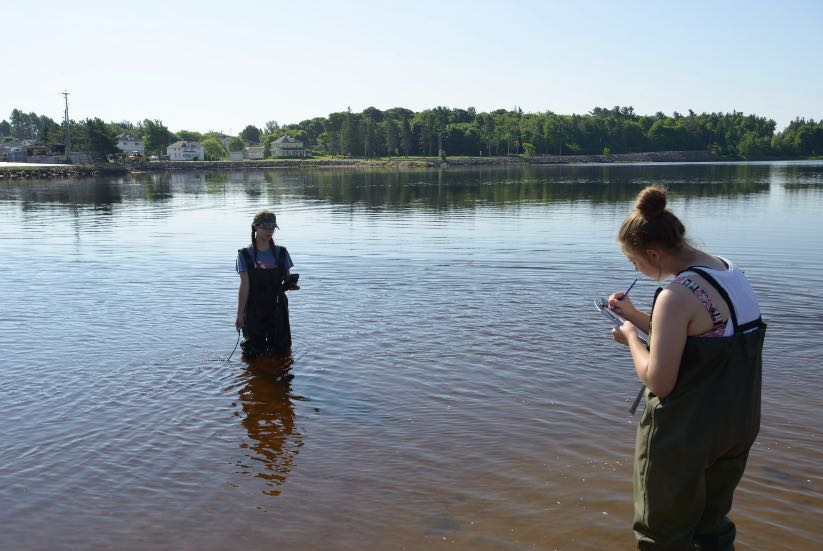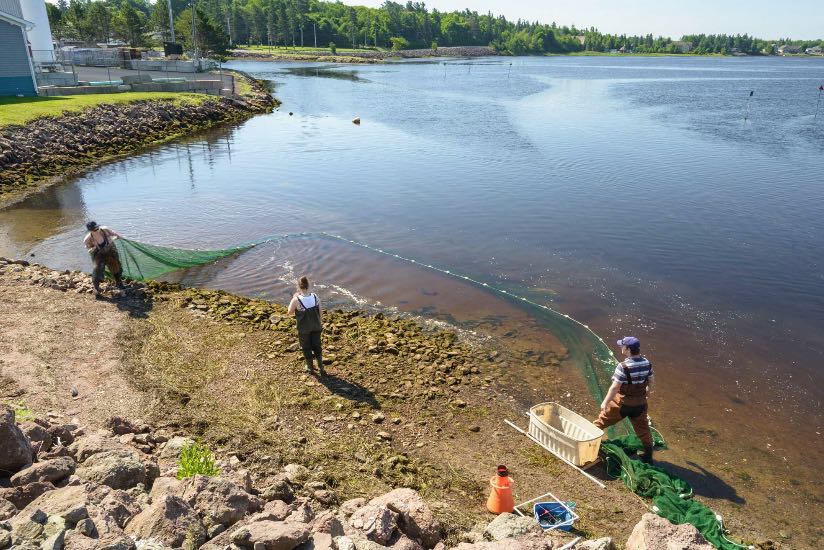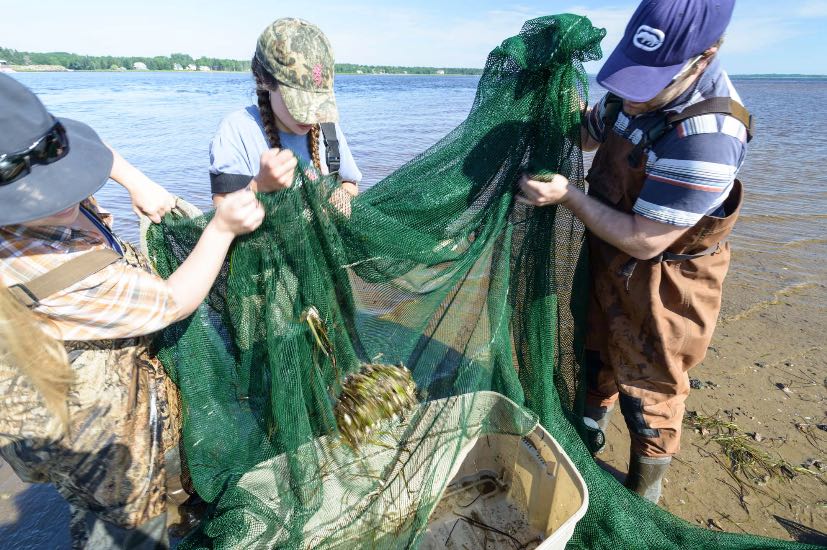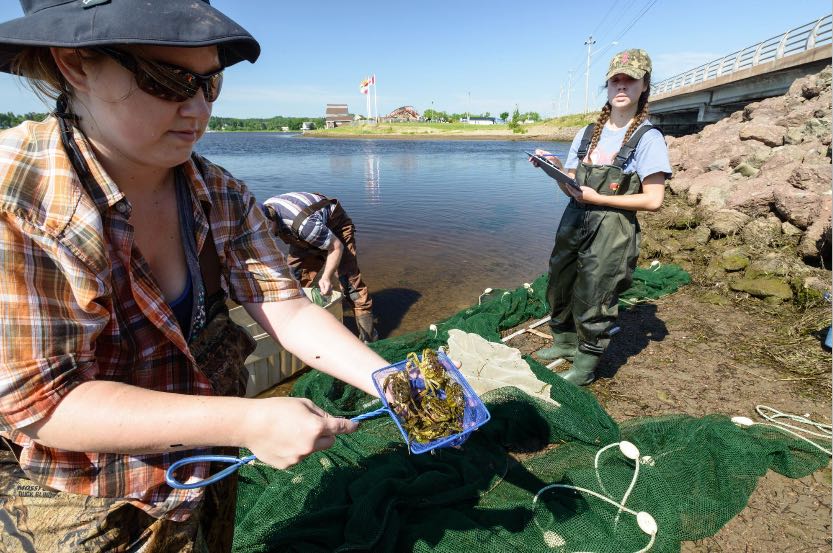Water quality
The Shediac Bay Watershed Association (SBWA) has always approached water quality issues from the same premise: you can’t improve water quality in Shediac Bay without addressing the environmental conditions of the many tributaries that flow through the watershed.
This is why the Association works with several partners to put in place protocols and programs to sample water quality in the Bay’s watershed. The results of these samplings guide the Association’s environmental restoration programs to improve water quality.
In order to ensure good water quality in Shediac Bay, we need to look at the system as a whole. The water quality of the bay is dependent on the water quality of the rivers and streams that flow into it. This is why the majority of sampling programs test the quality of the freshwater.
Several water quality reports are available in the Reports and Archives page on our website, including Water Quality Report Cards for each waterway.
Shediac and Scoudouc River Water Quality Monitoring
River water quality monitoring was initiated in 2000 with the New Brunswick Department of Environment and Local Government’s Stream Classification Program. A total of 15 sites were selected along the Scoudouc and Shediac Rivers to represent a variety of conditions in the watershed. These sites were sampled for two years, from 2000 to 2002, for several physical, chemical and bacteriological parameters. The sites were then classified according to the quality of the water that was sampled.
In 2006, the Shediac Bay Watershed Association resumed water sampling at the classification sites. However, a reduction in program funding limited the number of parameters that were assessed. Some sites were also abandoned since access was difficult and the results showed good water quality. The Association maintained baseline sampling for physical (temperature, dissolved oxygen, pH and conductivity), nutrients (nitrates, phosphates) and bacteriological (E. coli) data for another 10 years.
In 2017, there was increased public and government interest in obtaining more data on water quality in the Bay’s watershed. Sampling was expanded to include more water quality parameters. As well, a new water assessment program was put in place to extend sampling to several small tributaries of the bay. The results and interpretation of the water quality data collected are available in the Reports and Archives section.
In 2018, a partnership with the Atlantic Water Network enabled us to make all water quality data available to the public using the Atlantic Datastream portal (https://atlanticdatastream.ca/).

Water Quality in Shediac Bay
Shediac Bay is one of New Brunswick’s most popular tourist destinations. The area is well known for recreational activities and sandy beaches. Parlee Beach Provincial Park welcomes several thousand visitors each summer.
In 2016, the beach water quality sampling program detected the presence of bacteria in several samples. As a result, articles about poor water quality at Parlee Beach appeared in regional and national media. In response to public concerns about water quality in Shediac Bay and at Parlee Beach, the Government of New Brunswick established a working committee. This committee was composed of representatives from four departments: Health (MOH), Environment and Local Government (DELG), Agriculture, Aquaculture and Fisheries (AAFC), and Tourism, Heritage and Culture (TCHC). Several studies were commissioned between 2017 and 2019 to better understand the water quality issue in Shediac Bay.
Based on the committee’s recommendations, a new sampling protocol was implemented in all provincial parks. Following the 2017 sampling, it was determined that in 95% of cases the water quality at Parlee Beach is good.
Several studies have been conducted to better understand the potential sources of bacterial contamination at Parlee Beach. The Shediac Bay Watershed Association collaborated with various stakeholders in this investigation. Several water quality sampling programs in the bay and the watershed have been implemented.
First, during the 2016 and 2017 trips to monitor green crab in the bay, E. coli samples were collected at ten locations around the bay. The association also conducted a pollution source survey using bacteriogenic DNA testing in the tributary near the beach and other areas of the bay. The results are available in the report Salt Water Monitoring by the Shediac Bay Watershed 2016.
The SBWA has compiled data from samples of E.coli concentrations in Shediac Bay. The report examines data from SBWA, Environment Canada and Parlee Beach for the period 2000 – 2017. All results are similar with low E. coli concentrations in the majority of samples. However, there are occasionally high concentrations of E. coli in different parts of the watershed that are worth investigating. This report is available on the NB government website: https://www2.gnb.ca/content/dam/gnb/Departments/eco-bce/Promo/Parlee_Beach/pdfs/5_state_of_watershed_ecoli-e.pdf.
In order to better understand the potential sources of bacteriological contamination in the bay, a runoff water sampling program was conducted from 2017 to 2019. The program collected water quality parameters after heavy rainfall in various locations in the Municipality of Shediac and certain rural areas of the watershed. In 2019, samples were also taken to detect possible leaks in runoff from the municipal sewer system. The 2018 report can be found here: https://www2.gnb.ca/content/dam/gnb/Departments/eco-bce/Promo/Parlee_Beach/pdfs/2018_watershed_wq_results-e.pdf.
Since 2017, the sampling protocol for Parlee Beach has been reviewed and water quality data is being collected daily. This increase in sampling has confirmed that water quality at the beach is considered good most of the time. Data is available online during the swimming season at https://beaches.gnb.ca/en/SamplingLocation/Details/5882.
Shediac Bay Watershed Management Plan
The Government of New Brunswick is working with the Shediac Bay Watershed Association to implement a water management plan for the watershed. This plan is part of a series of recommendations from the report Water Quality at Parlee Beach, Shediac, New Brunswick, Final Report.
A working group was formed in 2019 to study the water quality situation in the watershed and make recommendations that will promote better land management practices to improve water quality. The management plan is expected to be completed in the fall of 2020.
For more information on Shediac Bay ecosystems, a comprehensive ecosystem report was prepared by the Department of Fisheries and Oceans in 2009. This report is a good source of scientific and technical information on Shediac Bay.
You can consult this report here – Ecosystem overview of the Shediac Bay Watershed- DFO 2009

Other water quality monitoring programs
CABIN Macro-Invertebrate Survey
Environment and Climate Change Canada manages the Canadian Aquatic Biomonitoring Network (CABIN), a program that uses insects in rivers to assess the health of freshwater ecosystems in Canada. The SBWA field team has been certified to conduct macroinvertebrate sampling.
Data from the CABIN inventories were submitted to the Canadian Biomonitoring Network database, located on the Government of Canada site. The data can be shared with other groups and eventually water quality reports can be generated from the website.
Data collection took place for the Shediac and Scoudouc rivers from 2016 to 2018. When enough sites are assessed in the Maritimes, we will be able to compare the data with reference sites to determine the state of health of the watercourses.

Community Aquatic Monitoring Program (CAMP)
Every summer since 2004, community watershed protection and scientific study groups have been monitoring the health of estuary ecosystems in the Gulf Region as part of a program in partnership with the Department of Fisheries and Oceans (DFO).
The program consists of conducting a single pass of a fishing net called a seine at several sites, an effective means of collecting a representative sample of fish, shrimp and crab communities. The organisms caught in the net are identified, counted and released. Other information is collected at the sites, such as water quality measurements, sediment samples and aquatic plant data.
The SBWA is studying 6 sites around the Scoudouc River estuary and 6 sites around the Shediac River estuary. During the 12 years of sampling, communities in both rivers have remained relatively stable, indicating that there has been no major impacts on the health of these ecosystems.
